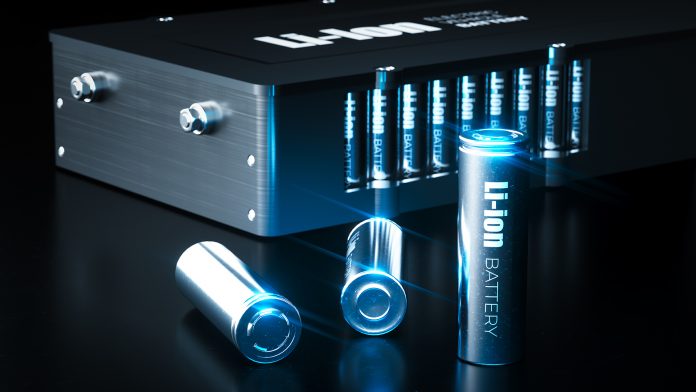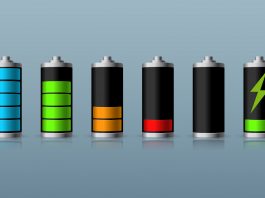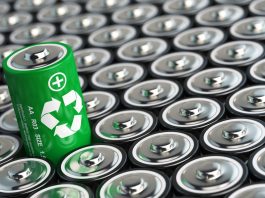Researchers have developed a new electrode material to increase the charge capacity of lithium batteries, as well as making them cheaper, longer lasting, and with a higher energy density.
The team was led by Naoaki Yabuuchi, professor at Yokohama National University in Japan, and the results were published in Materials Today.
Lithium batteries hold promise in a range of applications, such as electric vehicles, but there are a lot of improvements to be made in their capacities and availability.
Yabuuchi asserts that many researchers have successfully enhanced the charge capacity of lithium batteries but have not yet increased the amount of charge the battery can diffuse in a useful way, such as powering an electrical vehicle for a longer cruising time.
“Electrode materials with higher energy density are needed to advance lithium-ion batteries and to further develop electric vehicles,” Yabuuchi said. “Our paper demonstrates a new electrode material for this purpose.”
Electrode materials assist in taking the input of stored energy in a battery and discharging it to power whatever the battery is in. The material containing the electrode depends on the exchange of electrons and lithium ions and significantly changes the effectiveness with which the battery operates.
In previous studies, researchers discovered that lithium ions mixed with manganese, titanium, and oxygen ions provided an excellent input-output for electrons and lithium ions, but the exchange speed is too slow to use in practical battery applications.
Yabuuchi’s team explored the chemical combination and opted to combine it with a similar mixture of lithium, oxygen, manganese, and titanium ions, but it can also be refined to a preferred particle size. Smaller, nano-sized particles can travel quicker and more easily across the electrode, even at room temperature.
The nano-sized electrode containing manganese and titanium ions results in a more robust exchange of electrons and lithium ions, with the battery able to hold and disperse more charge than before while conserving a longer use life.
“Both titanium and manganese are abundant elements, meaning we can make cost-effective, without nickel and cobalt ions used for current electric vehicles, and high-performance electrode materials with them,” Yabuuchi explained. “This finding contributes to the reduction of battery cost and an increase in the practical reality of such applications as electric vehicles and more.”
The team is maintaining its research into how to further improve the electrode reversibility through chemical compositions and particle size optimisation.
“Now, we are collaborating with industry partners to utilise our electrode materials for practical applications,” Yabuuchi added. “Our study potentially leads to less dependence on fossil fuels and the development of a new energy society on the basis of renewable energy in the future, on the basis of ever-lasting, high-energy batteries.”









